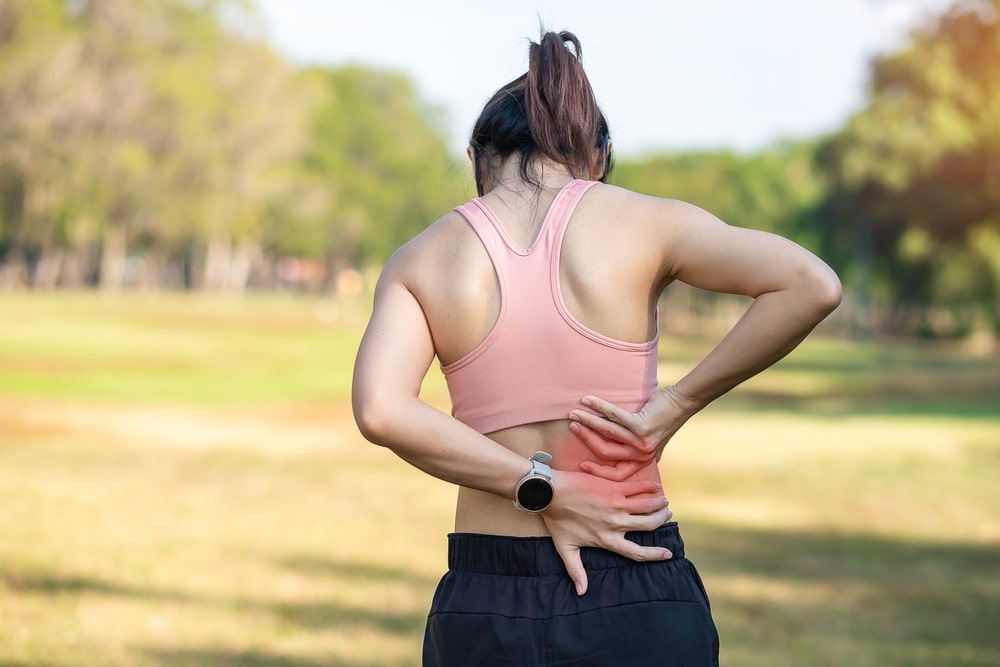At London Bridge Orthopaedics we utilise the latest surgical and non-surgical treatments to manage shoulder and elbow problems.
These services include but are not limited to the following:
Shoulder arthroscopy
Shoulder arthroscopy is a surgical treatment option for some types of shoulder conditions. Arthroscopic surgery (keyhole surgery) involves inserting a small camera through an incision (about 1 cm) in the skin. Other small incisions are made to insert instruments that can diagnose, repair or remove damaged joint problems.
This type of procedure is often performed as day-surgery. Compared with open surgery, arthroscopic surgery allows for a shorter recovery time and predictably less pain in the first few days following the operation. Arthroscopic shoulder operations may be used to treat many shoulder conditions including cuff tears, impingement and instability.
Arthroscopic decompression
Arthroscopic decompression is a procedure used to treat shoulder pain due to shoulder impingement syndrome, if this condition has not been relieved with injections and physiotherapy. During arthroscopic decompression, the inflamed bursa or bone spur in the shoulder is removed, or shaved away to create more space for the rotator cuff tendons. This keyhole surgery allows smooth gliding of the rotator cuff under the acromion bone, and enables pain free overhead movements of the shoulder.
Arthroscopic rotator cuff repair
When a rotator cuff tendon is torn this can be repaired using traditional open surgery or arthroscopy (keyhole surgery). Arthroscopic rotator cuff repair causes minimal trauma to the tissues that surround the shoulder and the rotator cuff. Because of this, patients have smaller scars and less damage to nearby structures than open surgery. Arthroscopic rotator cuff operations require highly skilled surgeons, and these types of specialists are accessible at London Bridge Orthopaedics.
Arthroscopic shoulder stabilisation
Recurrent shoulder dislocation or shoulder instability may require repair of the torn labrum (capsule/ligaments). This is normally carried out using arthroscopic surgery (keyhole surgery). Using special implants called ‘suture anchors’ the surgeon can repair and secure the ligaments and labrum in place and tighten them as necessary.
In the hands of a skilled surgeon, shoulder stabilisation can be very effective in eliminating instability and restoring comfort and function. The greatest benefits for patients are the ability to perform their usual activities and sports without the fear of shoulder subluxation, dislocation or pain.
Arthroscopic capsular release
Arthroscopic capsular release is keyhole surgery for frozen shoulder problems. This surgery aims to release the tight capsule seen in frozen shoulder by using a special radio-frequency probe. The operation can reduce the recovery time and pain after surgery, and free the joint to regain full range of movement.
Shoulder joint replacement
Shoulder joint replacement surgery is the third most common joint replacement after replacement of the hip and knee joints. Shoulder joint replacement is usually performed for arthritis that does not respond to non-surgical therapy. In elderly individuals, this surgery may also sometimes be used in recurrent shoulder instability.
In a traditional shoulder replacement, the ball of the top of the arm bone (the humerus) is replaced with a metal ball. The socket of the shoulder blade (scapula) is replaced with a plastic socket. This is most commonly performed under general anaesthesia.
Reverse shoulder replacement
The reverse shoulder replacement is designed for patients with severe shoulder arthritis, and a chronic rotator cuff tearwho therefore do not have normal shoulder anatomy. The reverse shoulder replacement is a good option for taking care of this complicated problem when simpler, non-operative treatments have failed to relieve symptoms.
Reverse shoulder replacement inserts a prosthetic (artificial) ball-and-socket joint, but in this operation, the ball is placed on the shoulder blade, and the socket is placed on top of the arm bone. This prosthetic position is the reverse to that of the traditional shoulder joint replacement, and of our normal anatomy.
Physiotherapy
Physiotherapy for shoulder and elbow problems is an important part of our treatment services at London Bridge Orthopaedics. Inpatient and outpatient physiotherapy services are available on-site. Our chartered physiotherapists work with consultants and patients to develop customised rehabilitation and exercise routines. This quickens recovery, flexibility and motion – before and after surgery.
Our physiotherapists also work and liaise with many independent physiotherapists specialising in the treatment of hand and foot problems. They will be happy to work with a patient’s existing physiotherapist, and forward all details of post-operative physiotherapy care to them.
Imaging
The shoulder and elbow group at London Bridge Orthopaedics use the latest in imaging techniques to help diagnose shoulder and elbow problems. Ultrasound guided injections are commonly used to treat many common shoulder and elbow problems, along with MRI and CT reconstruction methods, particularly in investigating complex upper limb injuries.




